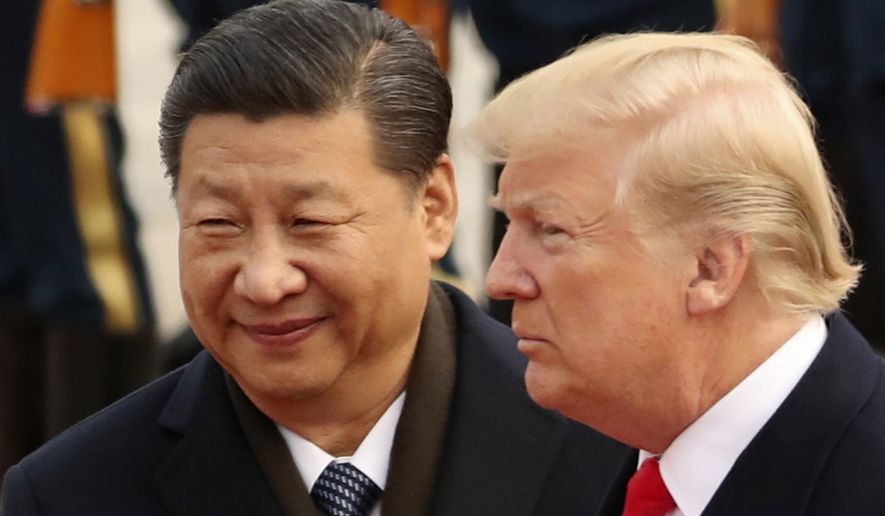Chinese Communist Party media is dismissing Washington’s efforts to create a new financial and security alliance between the U.S., India, Japan and Australia aimed at countering China’s desire for expanded economic and military influence across Asia.
The so-called “Quad” approach — a strategy that first gained momentum under former President Obama and is now quietly being pushed by the Trump administration — is “doomed to fail,” claimed an editorial published Thursday by a key party newspaper in Beijing.
The editorial, posted on the English-language website of the Global Times newspaper, was evidently timed to counter a meeting of diplomats from the four Quad countries that occurred Thursday on the sidelines of the annual East Asia Summit currently taking place in Singapore.
Regional reports said the Trump administration sent Principal Deputy Assistant Secretary of State for South and Central Asian Affairs Alice G. Wells and Principal Deputy Assistant Secretary for East Asian and Pacific Affairs W. Patrick Murphy to participate in the meeting.
A State Department press release made no mention of China in describing the Quad meeting. But sources close to the initiative have said a core goal is to establish a more coordinated alignment of big-power Asian democracies — specifically India, Japan and Australia — to bolster U.S. security relationships that currently exist with smaller nations on China’s periphery.
Another goal, according to Trump administration officials, is to counter China’s fast-moving Belt and Road Initiative (BRI), through which Beijing has been pumping billions into infrastructure around Asia in what many in the West describe as a bid to buy influence and access to resources around the region.
Beijing is sharply critical of that description and claim the BRI is part of a purely benevolent foreign policy being pushed by Chinese President Xi Jinping to grow prosperity around Asia and beyond — several OBOR projects are also occurring in Latin America, the Middle East and Africa.
Thursday’s Global Times editorial took aim at U.S. media reports that Chinese lending through BRI is burdening poor nations with massive loans to increase those nations’ debt to Beijing — an argument Trump administration officials have also made during recent months.
The editorial said the Quad’s apparent aim is to “provide an alternative model to China’s ways of lending for infrastructure projects.” The problem, it said, is that “so far, there is no clue to what this ’alternative model’ is.”
“If the four countries simply aim to rival with the China-proposed Belt and Road initiative (BRI), rather than helping regional economies, their tactic is doomed to fail,” the editorial went on. “Because in that case, what they advocate is a political model, not an economic one and certainly not for the goal of development.
“The four nations fail to realize that lending for infrastructure projects in Asia is not about debt burden, but about whether they actually care about Asia’s development, and more significantly, how much they are capable of investing in it,” the editorial argued. “When they are trying to persuade the region that they are competent to fulfill its development dreams, they are misrepresenting themselves with a delusive promise of an ’alternative model.’”
But the Trump administration has remained undeterred by such carping in the Chinese media over the Quad.
Mrs. Wells told The Washington Times in an interview last April that China’s Belt and Road Initiative “lacks transparency and sustainability” and is saddling nations such as Pakistan and Sri Lanka with “predatory debt.”
At the same time, Mrs. Wells said that “for all of our concerns about [BRI], we have to have a positive vision.”
“India and the United States and Japan and Australia and others have to stand for something, and we have to be able to provide countries with alternatives, options and sensible financing that meets the highest standards,” she said at the time.
• Guy Taylor can be reached at gtaylor@washingtontimes.com.




Please read our comment policy before commenting.